Descripción
Estadísticas matemáticas con aplicaciones se escribió para su uso con una secuencia de cursos de 1 año de pregrado (9 cuartos de hora o 6 semestres) sobre estadísticas matemáticas. La intención del texto es presentar una base sólida de pregrado en teoría estadística, mientras proporciona una indicación de la relevancia e importancia de la teoría para resolver problemas prácticos en el mundo real.
Creemos que un curso de este tipo es adecuado para la mayoría de las disciplinas de pregrado, incluidas las matemáticas, donde el contacto con las aplicaciones puede brindar una experiencia refrescante y motivadora. El único prerrequisito matemático es un conocimiento profundo del cálculo universitario de primer año, que incluye sumas de series infinitas, diferenciación e integración simple y doble.

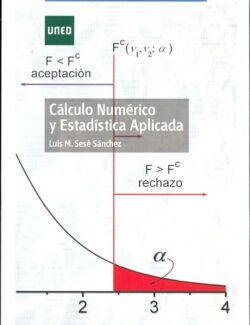
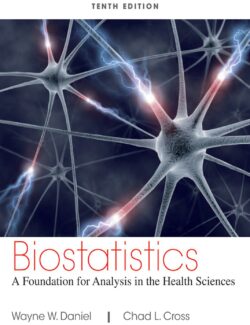

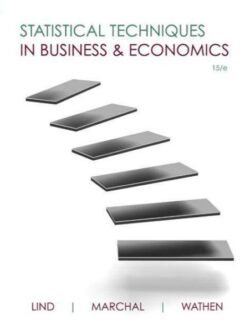
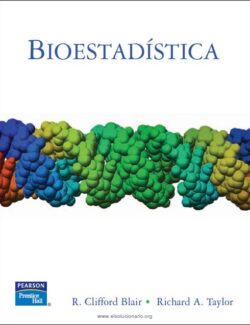
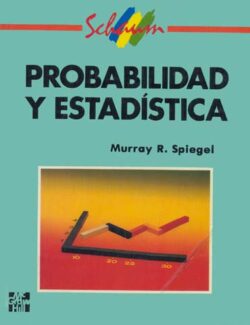
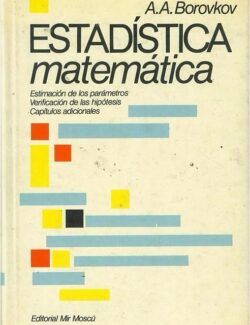
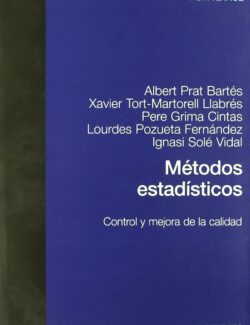
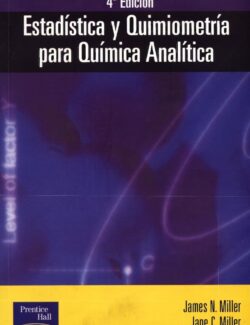

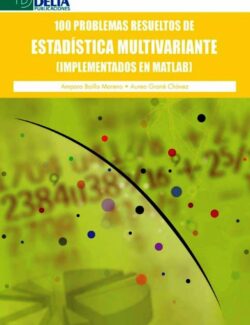
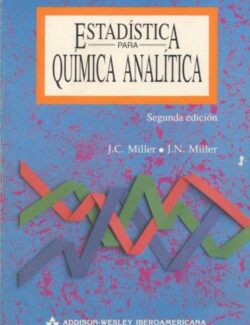
Déjanos un comentario
No hay comentarios